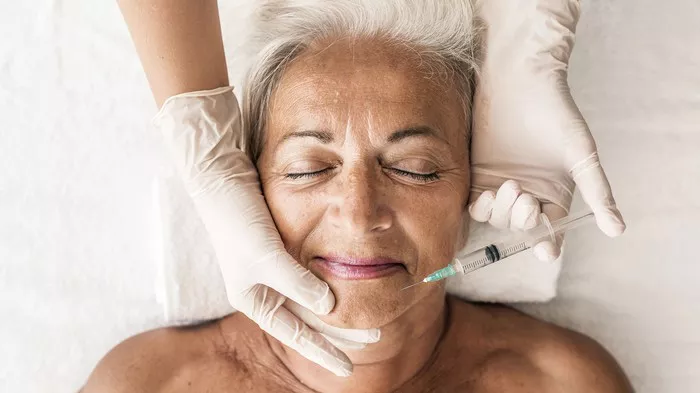“Dr Polo, I lost 30 pounds using Ozempic. My double chin is gone, but now my neck skin is loose and saggy. What can you do to help me?”
In recent years, the use of a new class of weight loss drugs has exploded around the world. Semaglutide (Ozempic, Wegovy) and tirzepatide (Mounjaro) are drugs used to treat type 2 diabetes.
When used in combination with diet and exercise, they can effectively lower blood sugar levels, reduce the risk of cardiovascular events and lead to significant weight loss. Of these, only Wegovy is FDA-approved for weight loss, although the others are often prescribed “off-label” for this indication.
Here in the US, where more than 70% of adults are overweight or obese, demand for these drugs is staggering and has outstripped the ability of manufacturers to produce them. This demand is only expected to increase as supply is ramped up and even more effective drugs with more convenient forms of administration are soon to be available.
In the world of aesthetic surgery, we are already seeing the effects of this new phenomenon. Clinical trials of these drugs have shown that many patients have lost more than 20% of their body weight. As with any other means of weight loss of this magnitude, changes in facial and body aesthetics are inevitable. In recent months, probably every day in my practice, I see at least one patient seeking rejuvenation after weight loss with one of these new drugs.
Many of my patients are even beginning to use the term “Ozempic Face” to describe the changes in their facial appearance that have occurred after substantial and rapid weight loss. Typically, this is characterised by loss of volume of facial fat and laxity and redundancy of facial skin, resulting in a gaunt and sagging appearance.
For these patients, both minimally invasive and surgical procedures can be considered. To restore lost volume, facial injectables or autologous fat grafting would likely be the best options. To tighten loose, wrinkled or sagging skin, laser or radiofrequency treatments and thread lifts would be effective non-surgical options.
Others may choose a more complete alternative and undergo a full face and neck lift. Statistics from the American Society of Plastic Surgeons (ASPS) show a 22% increase in non-surgical skin tightening procedures and an 8% increase in facelifts by 2022.
Another trend is the ‘ozone body’. Below the neck, volume loss due to weight loss can also become an aesthetic issue for breasts and buttocks. Again, the solution would be either autologous fat grafting or implants if there is not enough body fat left for grafting. However, in most areas of the body, excess skin is more likely to be an issue following significant weight loss.
ASPS statistics for 2022 show large increases in many body lift procedures: 37% for tummy tucks, 30% for breast lifts, 28% for buttock/thigh lifts and 23% for arm lifts. These changes are certainly influenced by the widespread use of these weight loss drugs.
Anyone using these drugs to treat type 2 diabetes and/or to lose weight should only do so under a doctor’s supervision. Although they have been shown to be safe and effective, like all medicines, they can have potentially dangerous side effects.
To maintain weight loss and improved health, these drugs should also be used in combination with lifestyle changes, including proper diet and exercise programmes.
If your weight loss journey has been successful and you are interested in exploring options to address aesthetic changes in your face and body, you should consult a board-certified plastic surgeon to help you complete your makeover.


